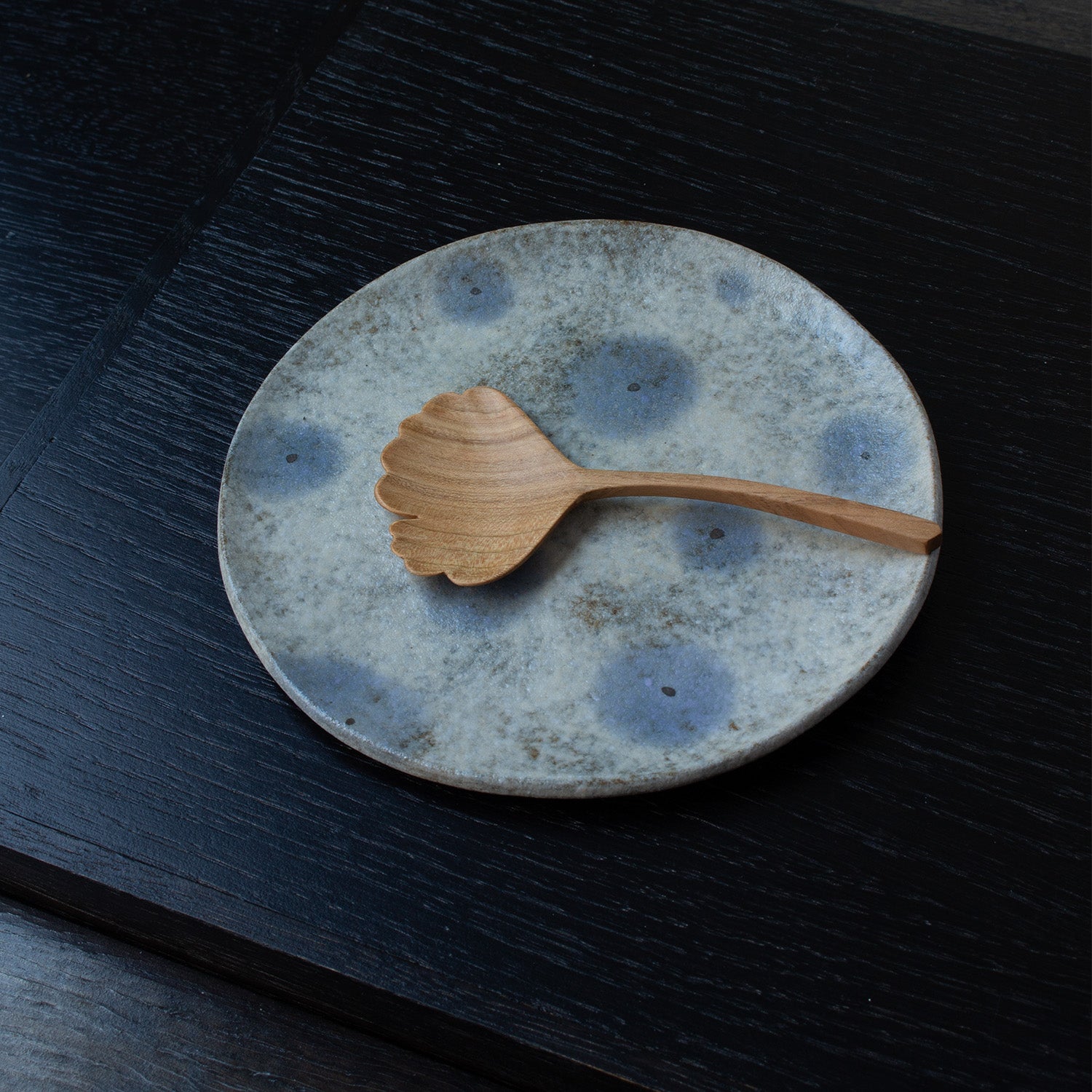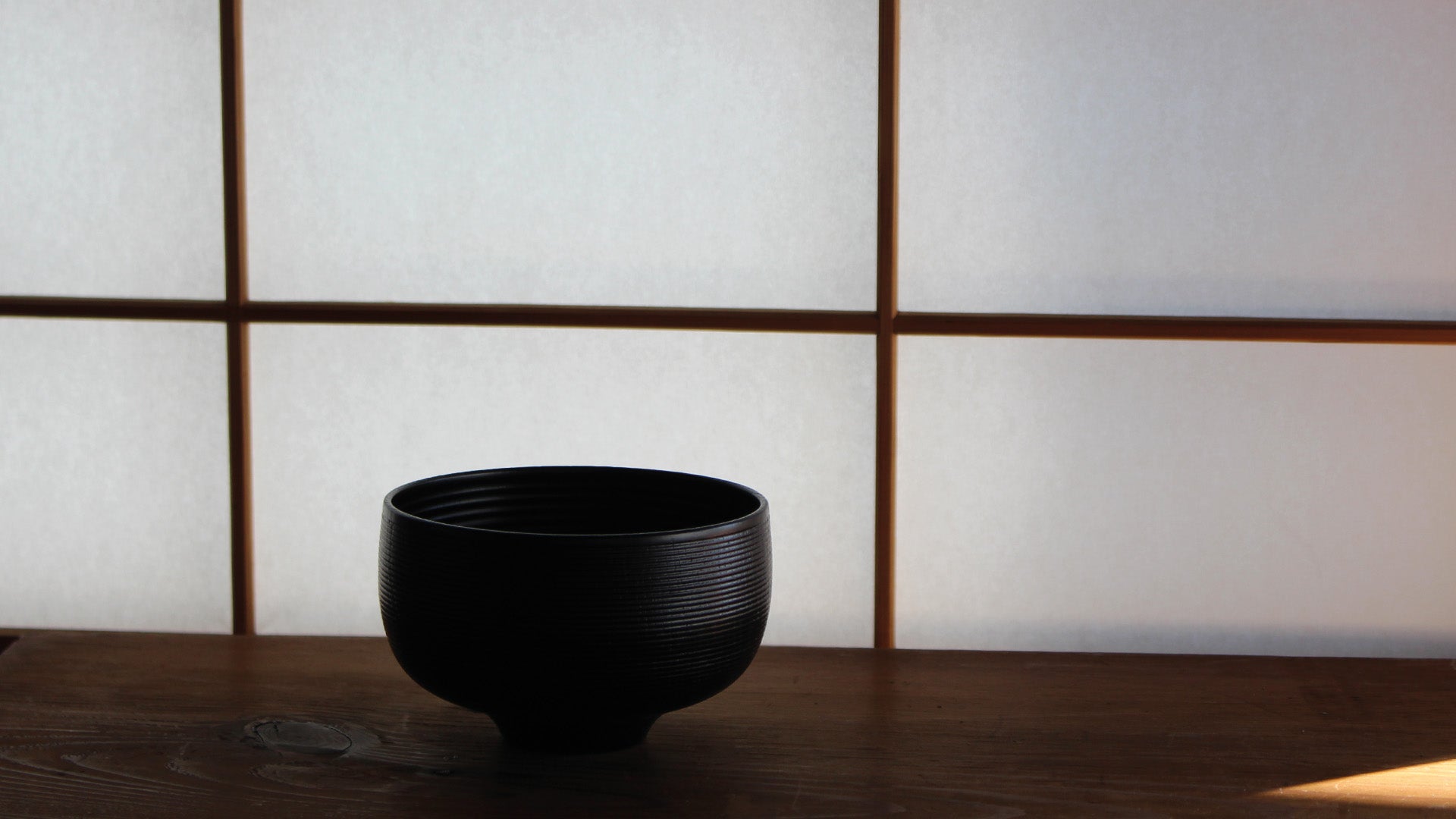
Hansan-ramie: the unparalleled finesse of an ancestral Korean textile
In a discreet valley in Chungcheongnam-do province, in Hansan, a light white thread continues to connect the ages. Hansan-ramie, or Hansan mosi in Korean, embodies one of Korea's oldest textile skills. Hand-woven from fibers extracted from the ramie plant, this delicate fabric, both strong and translucent, is the fruit of a thousand-year-old tradition carried by skills passed down from generation to generation. Classified as an Intangible Cultural Heritage of Humanity by UNESCO since 2011, Hansan-ramie is not just a textile: it is the living memory of an art of making deeply rooted in Korean land and culture.

A legacy woven into history
Ramie, called mosi in Korean, has been cultivated in Korea since ancient times. Since the Three Kingdoms period, fine plant fiber fabrics have been widely produced, particularly under Unified Silla, where weaving techniques so advanced that they produced fabrics of rare finesse were developed. During the Goryeo period, these techniques diversified, giving rise to sophisticated variants so light they have been compared to the wings of a cicada. Historical documents report that these fabrics were sent as tribute to imperial China, along with ginseng, so renowned was their quality.

During the Joseon Dynasty, ramie became a commonly used textile, worn by both nobility and commoners. In a Confucian society structured by rank, it was used for official clothing, but also as an offering to the king or diplomatic gift. Lightweight and breathable, it was prized for summer wear. Some white pieces, worn without underwear, revealed the body with such lightness that they expressed an aesthetic of restraint, both modest and refined, specific to Korean clothing culture.
Among the producing regions, Hansan stood out early on. A document dating back to 1454 already mentions eight towns specializing in ramie manufacturing, including Hansan, which over the centuries would become the beating heart of this tradition. Located in Seocheon County, the region enjoys a warm and humid climate, ideal for growing the plant. It is said that its ramie, exceptionally white and even, was the most sought-after for high-quality fabrics. In the late 19th century, and later under Japanese rule, Hansan became a major production and trade center. By the 1930s, Hansan ramie was already considered the most prestigious of Korean fabrics.

The demanding cultivation of a precious plant
The ramie plant grown in Hansan is an improved variety, introduced to the region about forty years ago, but rooted in an ancient culture. Planted in spring, usually in April, it is harvested up to three times a year. The second harvest, in August, produces the finest and easiest-to-work fiber.

The plant's growth follows a precise rhythm: after a few days, the stems emerge from the soil. In just over a month, they reach up to two meters tall and are adorned with serrated leaves, downy on the underside. Flowers then appear: white or yellow for males, pale green for females. Seocheon's warm climate and gentle hills provide ideal conditions for this demanding crop.

At harvest time, the stems are cut at the base, cleaned of their leaves, and then bundled into bundles. This work is done very early in the morning, mainly by men, because the fiber must be extracted before the moisture evaporates.
From stem to thread: an art of gesture
Transforming the plant into yarn is a long, entirely manual process. The skin of the stem is first detached using a small, specially designed knife. It is then split to separate the outer bark from the fibrous core. These fibers are washed, left to dry in the sun, and then bleached with water and light. Shade is sometimes preferred to prevent degradation of the material.

The most delicate step is splitting, where the ramie skin is split with teeth to produce fibers of equal width. This process requires great dexterity, as the fineness and consistency of the yarn depend on it.

Once the fibers are prepared, they are spun by hand. The yarn is created by joining the head of one strand to the tail of another on the knee, by simple twisting. This yarn, which is very strong despite its fineness, is then woven using traditional methods. The Hansan loom is an old model, still used today in some family workshops. The quality of a ramie fabric is measured by the number of threads contained in a unit called sengju , corresponding to a standardized segment of fabric. The higher this density, the finer, more regular and more valuable the fabric. The middle class has between 670 and 690 threads per sengju , the first class between 700 and 780, the special class between 780 and 800, while the luxury class exceeds 880 threads. The finest, almost translucent fabrics are considered unrivaled in the world, their prices exceed thousands of euros and their precise origin very clearly identified.




Natural and symbolic dyeing of colors
Some of the ramie produced in Hansan is left white. It is called sang mosi when it is simply stripped of its gum, and baek mosi when it is completely bleached. But the tradition also includes the art of vegetable dyeing, made from carefully selected natural raw materials. Each color is obtained from specific elements, chosen for their intensity and symbolism. Yellow is extracted from gardenia seeds, turmeric, coptis, sophora, or rhubarb, with a marked preference for gardenia seeds. Blue comes from the Mercurialis leiocarpa plant, the dayflower, or the iris, the former being the most commonly used. Red is obtained from safflower, sappan wood, or madder. Brown or brownish shades are extracted from the bark, stems, or fruit of certain locally available trees. Finally, black is made from substances such as gall nuts, concentrated ink, charcoal, ash, oak bark, or dried citrus peel. The dye is fixed with a mordant, then the fabric is rinsed and dried in the shade.

These colors are not only aesthetic: they are part of an ancient symbolic system, that of obangsaek , the five cardinal colors of Korean tradition. Blue, associated with the east, evokes spring and the element of wood. Red, linked to the south, represents fire and summer. White symbolizes the west, metal, and autumn. Black, the color of the north, refers to water and winter. As for yellow, placed in the center, it embodies earth, balance, and nobility. These hues, derived from yin and yang and the theory of the five elements, give the dyed textile a profound cosmological meaning.

A living treasure of Korean heritage
Even today, women in Hansan continue to perpetuate this craft with infinite patience. Passed down within families, this know-how has withstood the upheavals of history, driven by local pride and the support of cultural institutions. In 1967, Hansan mosi weaving was recognized as an important intangible cultural heritage in Korea. In 2011, it was inscribed by UNESCO on the List of Intangible Cultural Heritage of Humanity.

Hansan-ramie is not a fabric like any other. It embodies the ultimate refinement of a craft that combines earth, light, water, and hand. It represents the quintessence of what can be achieved by a balance between nature and culture, patience and precision. In a world saturated with industrial textiles, it remains one of the rare examples of a fabric made by hand, respecting a centuries-old tradition, unparalleled in the world.

Atelier Ikiwa regularly presents a selection of Korean ramie pieces , a precious opportunity to discover the timeless beauty of this textile.

This article was written following a visit to the Hansan-ramie Museum in Hansan, a very inspiring place where a "classic" museum that traces the history and specificities of this fabric coexists with spaces in which women weavers from the region gather to work together, taking the opportunity to demonstrate their techniques to the general public. A beautiful way to continue to anchor this fabric in the rich Korean heritage.
All photos © Atelier Ikiwa. The hands in the photos are those of Kim Sun-hee ♡





